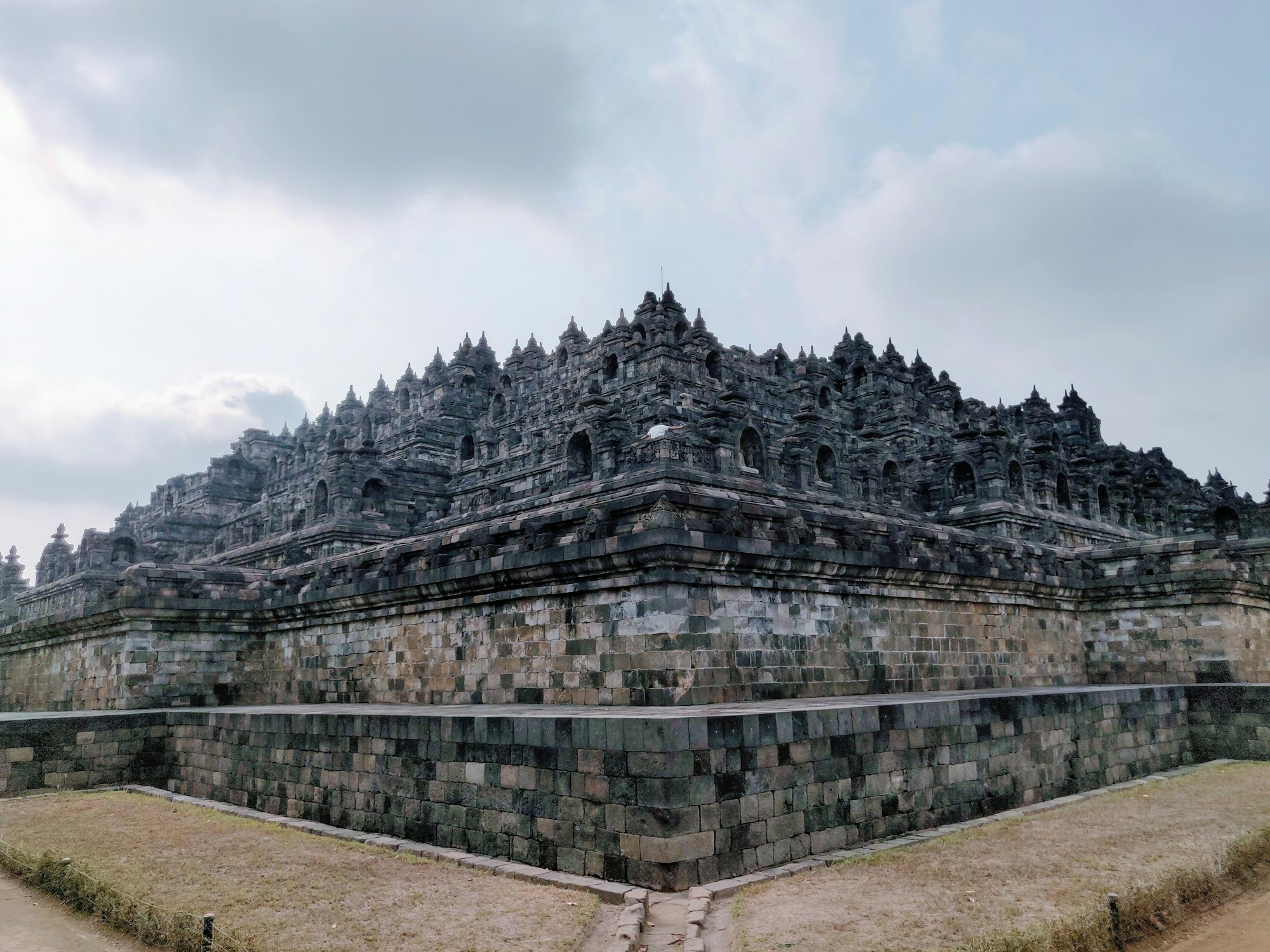Borobudur: Culture & Traditions Guide
Discover the rich cultural heritage of Borobudur through our comprehensive guide on its traditions and customs.

Borobudur: Culture & Traditions Guide
Borobudur is a magnificent UNESCO World Heritage site located in Central Java, Indonesia. This ancient Buddhist temple is steeped in rich history, cultural traditions, and spiritual significance, making it a must-visit destination for travelers seeking a truly immersive experience.
Historical Background
Constructed in the 9th century during the Sailendra dynasty, Borobudur is the largest Buddhist temple in the world. It was abandoned for centuries before being rediscovered in the 19th century and subsequently restored to its former glory.
Cultural Practices
Visitors to Borobudur are encouraged to follow certain cultural practices to show respect for the site and its religious significance. This includes walking clockwise around the various levels of the temple complex as a form of pilgrimage.
Local Festivals
One of the most significant cultural events at Borobudur is the Waisak festival, which commemorates the birth, enlightenment, and death of Buddha. During this festival, thousands of Buddhist monks and pilgrims gather at the temple to pay their respects and participate in religious ceremonies.
Local Anecdotes
Legend has it that Borobudur was built without the use of mortar, and that a clever architect named Gunadharma constructed the temple using interlocking stones that fit together perfectly. This architectural feat is a testament to the skill and craftsmanship of the builders.
Interesting Facts
- Borobudur features more than 500 Buddha statues, each with a unique pose and expression. - The temple is adorned with intricate relief panels that depict scenes from Buddhist scripture and everyday life in ancient Java.
